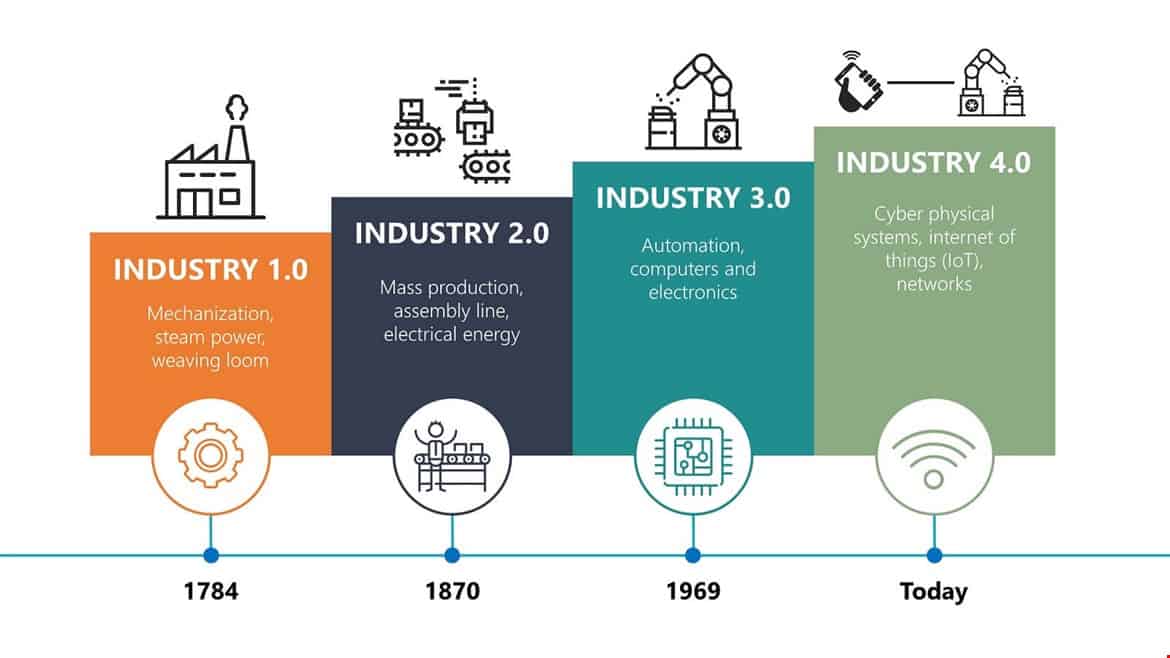The illustration industry, once dominated by pen and paper, has undergone a dramatic transformation thanks to the advent of digital technology. From the way art is created to how it’s shared and monetized, technological innovations have reshaped every aspect of the field. Today’s illustrators wield tablets and styluses with the same skill as traditional brushes, navigating software with ease to bring their visions to life. This digital shift not only enhances creative possibilities but also expands the reach and efficiency of artists worldwide.
As we delve into how technology is revolutionizing this vibrant industry, we’ll explore everything from the educational foundations that integrate these new tools to the emerging platforms that offer unprecedented opportunities for illustrators.
The journey through these changes not only highlights the evolution of the tools and techniques but also sheds light on the broader implications for artists today and in the future. Let’s uncover the ways in which technology continues to transform the art of illustration, making it more dynamic, accessible, and engaging than ever before.
Educational Foundations and Technological Advancements
In the realm of illustration, a blend of traditional techniques and modern technology marks the evolution of education and practice. The curriculum of a bachelor’s degree in illustration has drastically transformed, integrating digital tools that are crucial for contemporary design and artwork. Universities have updated their programs to include training in state-of-the-art software and digital illustration techniques. These changes prepare graduates not only to excel in traditional media but also to thrive in digital environments, equipping them with the skills needed for a diverse range of professional opportunities.
Digital Tools and Software Revolution
The illustration industry has witnessed a significant revolution with the advent of digital tools and software. Popular vector graphics editors, photo editing software, and tablet applications have become staples in an illustrator’s toolkit. These tools enhance creative freedom, allowing artists to experiment easily with styles and colors without the limitations of physical media. Moreover, they offer remarkable speed and efficiency, enabling illustrators to meet tight deadlines and make quick revisions based on client feedback. The precision and versatility provided by digital tools have opened new avenues for illustrators to express their creativity with greater control and finesse.
Top of Form
Bottom of Form
The Rise of Online Platforms for Illustrators
Social media and portfolio websites have become pivotal in the career development of modern illustrators. These platforms serve not only as avenues to showcase an artist’s portfolio but also as vital networking tools to connect with potential clients and collaborators across the globe. Effective use of these platforms can significantly enhance an illustrator’s visibility and open up opportunities that were previously difficult to access. By regularly updating their online presence, illustrators can build a following, receive direct feedback from their audience, and stay relevant in a rapidly evolving market.
Remote Work and Global Collaboration
Technology has not only transformed the tools illustrators use but also where and how they work. Remote work setups allow artists to connect with clients and teams around the world without the need for physical relocation. This global reach has led to unprecedented collaboration opportunities, enabling projects that combine diverse cultural perspectives and artistic styles. However, while remote work offers flexibility and broadens job opportunities, it also presents challenges, such as managing different time zones and ensuring effective communication across digital mediums. Successful illustrators often leverage project management tools and communication platforms to maintain productivity and collaborative synergy.
3D Illustration and Virtual Reality
The introduction of 3D modeling tools and virtual reality (VR) applications is paving the way for a new era in illustration. These tools allow illustrators to create complex, textured, and layered 3D artworks that can be integrated into everything from video games to interactive web experiences. Additionally, VR offers illustrators a way to immerse viewers in their creative worlds, providing a visceral, interactive experience that goes beyond traditional viewing. These technologies are not just expanding the boundaries of what illustrations can represent; they are also creating new markets and demand for immersive, innovative content.
Artificial Intelligence in Illustration
Artificial intelligence (AI) is increasingly playing a supportive role in the illustration industry, automating mundane tasks and enhancing creative processes. AI-driven software can assist in color correction, pattern generation, and even in creating basic layouts, allowing illustrators to focus more on the creative aspects of their work. Despite these advancements, there remains a robust debate about the role of AI in creative industries. Critics argue that AI might stifle genuine creativity, while proponents believe it frees artists from repetitive tasks. As AI continues to evolve, its impact on the industry will likely grow, potentially transforming how illustrations are created and conceptualized.
Financial Aspects
The shift to digital has had significant financial implications for the illustration industry. Digital tools can often represent a high initial investment but prove cost-effective in the long run due to lower material costs and the ability to make revisions easily. Furthermore, digital illustrations can be sold in various formats without additional production costs, from digital prints to incorporation into web designs, significantly expanding potential revenue streams. Notably, the rise of non-fungible tokens (NFTs) has opened new markets where digital art can be authenticated and sold as unique digital assets, creating lucrative opportunities for illustrators.
Environmental Impact and Sustainability in Illustration
The move towards digital illustration also has environmental implications. Traditional illustration techniques often involve physical materials that can have significant environmental footprints, from paper consumption to chemical inks. Digital illustration largely eliminates these materials, reducing waste and energy consumption associated with the production and disposal of physical art. However, digital work isn’t without its environmental costs, primarily due to the energy consumption of digital devices and data centers. As such, illustrators are increasingly encouraged to adopt sustainable practices in their digital workflows, such as using energy-efficient devices and supporting green data centers.
Conclusion
Technology has irreversibly transformed the illustration industry, not just by changing the tools artists use but by redefining the very nature of illustration. As we look to the future, the integration of AI, VR, and further digital innovations will continue to push the boundaries of what can be achieved. For aspiring illustrators, this evolution presents a landscape rich with opportunities to innovate and redefine artistic expression. Embracing these changes will require adaptability, continuous learning, and a proactive approach to technology. However, the core of illustration—creativity and the ability to evoke emotion through visual storytelling—remains unchanged.






